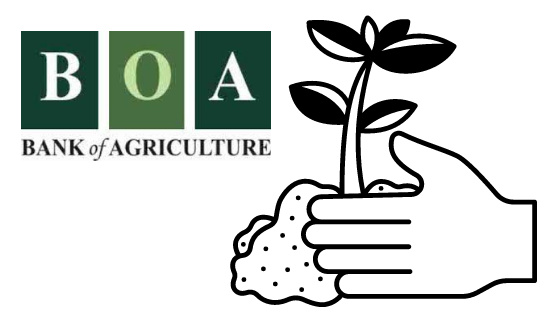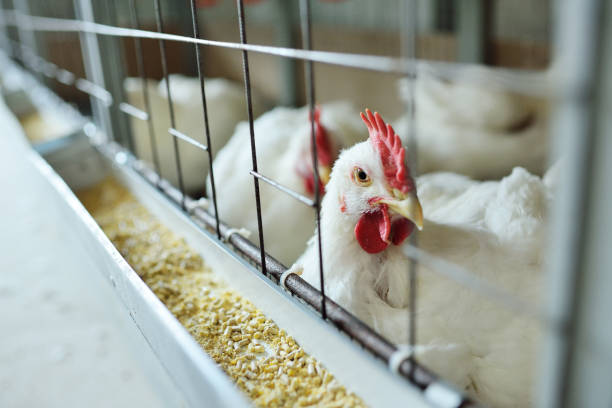Nigeria
Why has Vega-C rock crashed into the Atlantic?
The Vega-C rocket has failed for the third time in eight missions, putting pressure on Europe's satellite sector as it no longer has use of Russian rockets and will soon see the retirement of the heavy-lift Ariane-5 launcher.
Advertisement

The Vega-C rocket has failed for the third time in eight launches, putting additional strain on the European satellite sector. The failure occurred during the second-stage, Zefiro 40, resulting in the vehicle and two Pléiades Neo Earth observation satellites crashing into the Atlantic. The Vega-C rocket is an upgraded version of Vega, with the former not expected to fly again until later this year. It will be tasked with lofting Sentinel-1C, a radar spacecraft owned by the European Union, when it returns to the launch pad. The new failure complicates the situation for satellite operators in Europe, who are already chasing a limited number of rocket rides.
The cause:
Investigators have determined the cause of Europe’s top small rocket, Vega-C, being lost during a launch in December. The problem was traced back to the failure of protective lining within the engine nozzle throat, which resulted in a decrease in combustion pressure and acceleration. As it became evident that Vega-C would not reach its intended orbit, a self-destruct command was issued, destroying the two high-resolution Earth imaging satellites built by Airbus that were onboard.
The European Space Agency (ESA) announced on Friday that Vega-C would not fly again until later this year due to the measures required to address the failure that occurred during the rocket’s December launch. When Vega-C eventually returns to the launch pad, it will carry the eagerly anticipated radar spacecraft, Sentinel-1C, owned by the European Union, which is vital in addressing a significant gap in Europe’s observational capabilities. ESA’s director general, Dr Josef Aschbacher, confirmed Sentinel-1C as a valuable payload, indicating that the agency had identified the problem and is confident in the measures implemented to ensure future success. The faulty rocket stage that caused the failure was the Zefiro 40, which ignited 144 seconds after lift-off and utilized a particular carbon-carbon throat insert manufactured in Ukraine. Italian rocket producer Avio is implementing a program to ensure all components of the Vega-C vehicle meet the highest quality possible, including sourcing a new insert material and conducting a full-duration firing of a Zefiro 40 segment on the ground to demonstrate its durability.

Vega-C is an upgraded version of its predecessor, Vega, with four stages that burn consecutively as they ascend into the sky. However, the older Vega’s second stage differs, enabling it to launch earlier. “It will be by the end of summer,” stated Stéphane Israël, CEO of Arianespace, the rocket’s operator. “We target to have two main (satellite) passengers, and some smaller satellites. We will give more information on these passengers in a few weeks.” Following the loss of the December launch, European satellite operators have encountered limited options for rocket rides. The conflict in Ukraine and resulting western sanctions have removed Russian Soyuz rockets, a mainstay of European space operations, from the market. The Ariane-5, Europe’s largest rocket, will be withdrawn after just two more flights this year, while its successor, the Ariane-6, is not yet ready to fly. The scarcity of launches prompted the European Space Agency to secure two American launches for its Euclid telescope and Hera asteroid missions, scheduled to launch on SpaceX Falcon-9 vehicles in 2023 and 2024, respectively.
Trending Topics

FCMB Visa Card Classic: Learn More
Get the best out of your finances with the FCMB Visa Credit Card Classic. Benefit from flexible payment options, worldwide acceptance.
Keep Reading
Bank of Agriculture: Apply now!
The bank is regulated by the Central Bank of Nigeria and operates in accordance with the country's banking regulations and standards.
Keep ReadingYou may also like

Know more about two Oscar’s indications: “Everything Everywhere at the same time” and “Nothing new on the front”
Keep Reading

Review GTBank World MasterCard
Click here to find out about the World MasterCard GTBank Credit Card! It offers access to lounges and various benefits for its bearer!
Keep Reading
